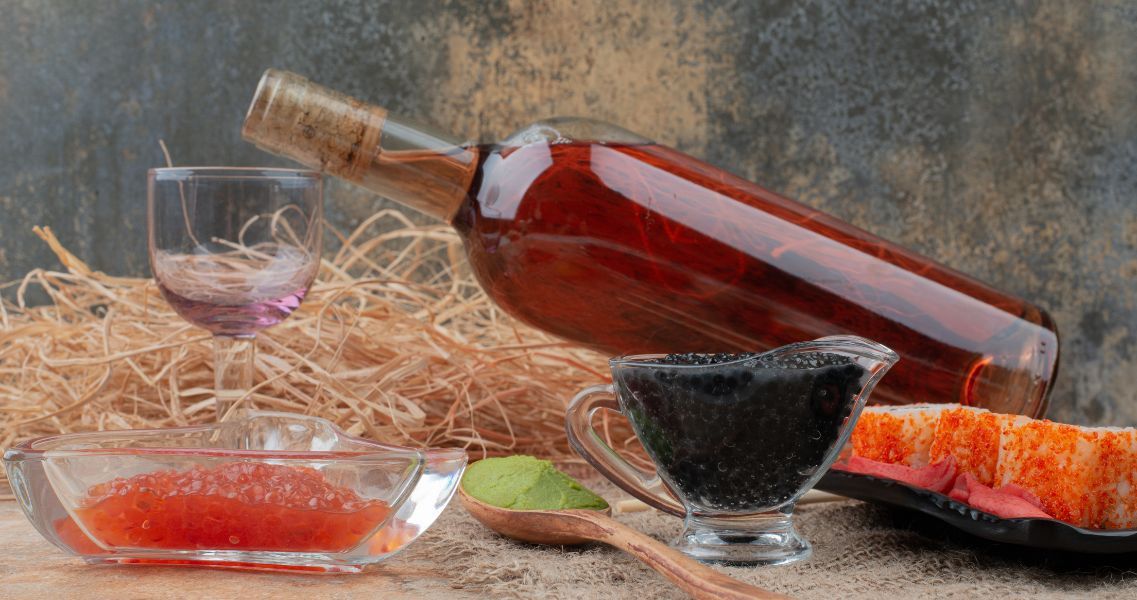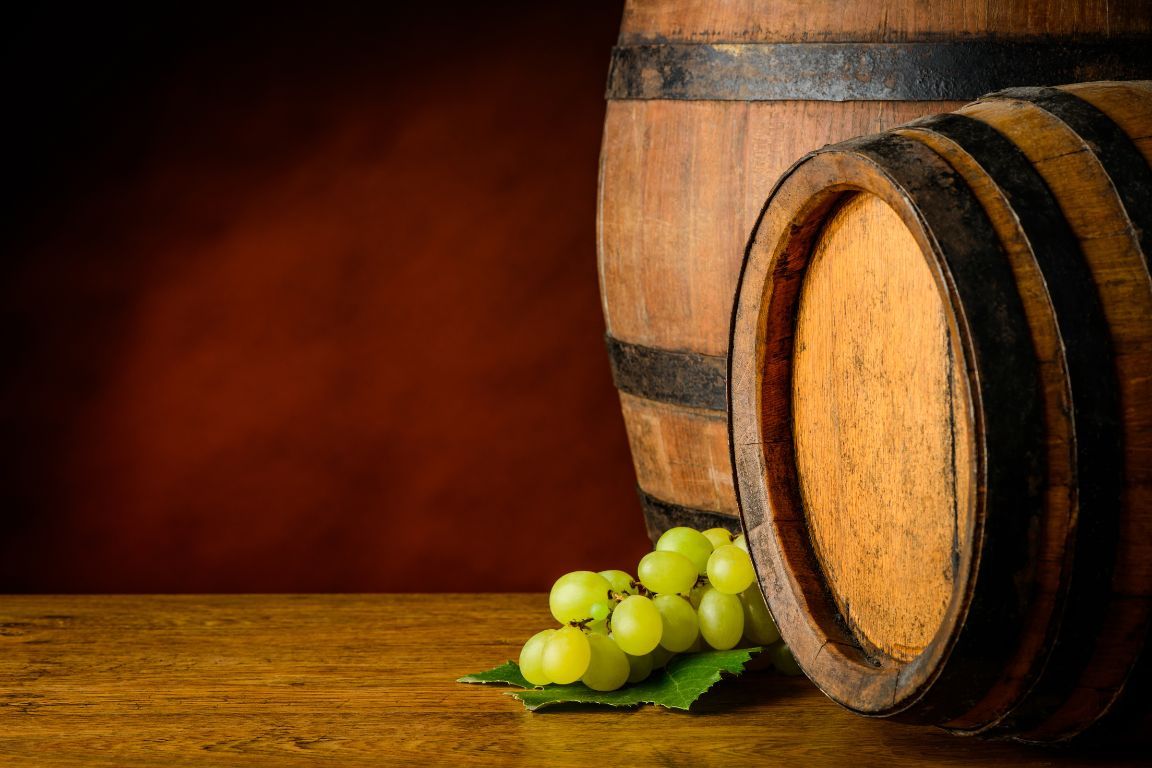Cork is a key element responsible for sealing a wine bottle, preventing the liquid from spilling and protecting it from contact with oxygen. Additionally, it can reveal the wine’s condition.
What does a moldy wine cork indicate? At Excellent Cork, as wine cork manufacturers, we tell you everything you need to know about it.
Causes of mold on a wine cork
When the cork is exposed to excess humidity, mold can develop, both on the outer and inner parts of the stopper.
The presence of mold is also influenced by environmental contamination with chlorophenols and other substances often used as pesticides or wood preservatives. Cork can absorb these elements, promoting mold growth.
As experts in cork manufacturing, at Excellent Cork we offer innovative solutions to preserve wine quality. Discover our range of wine stoppers, designed to prevent contamination and ensure an effective, long-lasting seal.
Impact of moldy cork on the wine
How does mold on a wine cork affect the wine? Depending on its location, it may or may not be harmful. We explain how it impacts quality, aroma, and flavor.
Does external mold indicate wine contamination?
If the mold appears only on the outer part of the cork, it is completely harmless. However, caution is needed, as over time the fungus could reach and contaminate the wine. We recommend cleaning the cork and drinking the wine as soon as possible.
Possible changes in wine aroma and flavor
When mold comes into contact with the liquid through the cork, the wine’s aroma and flavor may be altered. It may emit a strong musty, wet cardboard, or damp smell.
If you detect this altered aroma, it’s a clear sign you shouldn’t drink the wine. But if you taste it, you’ll find the flavor is bland or bitter.
How to tell if the wine is affected by mold
To determine if a wine bottle is moldy, pay attention to two factors: the cork and the aroma.
First, inspect the cork. If the mold is only on the outside and hasn’t touched the wine, it’s safe to drink. But if mold is also present on the inner part of the cork, the wine is likely contaminated and should be discarded.
If the cork doesn’t make it clear, the aroma should be enough of a sign; the flavor will also be unpleasant.
Preventive measures to avoid mold on corks
It is important to implement preventive measures to avoid exposure to contaminants like chlorophenols or chloroanisoles. Regular testing of facilities can help confirm they are free of such compounds and ensure they do not affect the bottles.
Requiring the proper certifications from barrel and material suppliers can help prevent mold issues.
Thorough control at every stage of the process helps prevent problems like mold. That’s why at Excellent Cork we follow strict quality protocols and work with technologies that ensure safe, reliable products for your wines.

What to do if you find mold on a wine cork
You should check whether the mold has come into contact with the wine. If it hasn’t and is only on the outside of the cork, there’s no issue—though we recommend drinking the wine as soon as possible to prevent the mold from spreading.
If the mold on the wine cork has reached the liquid, you should discard the bottle, as the smell and taste will be unpleasant and it won’t be safe to drink.
Frequently asked questions about mold on wine corks
Is it safe to drink wine if there’s mold on the outside of the cork?
Yes, mold is harmless as long as it hasn’t penetrated into the wine and is only on the outer surface. We recommend consuming it quickly to prevent the mold from spreading.
Does mold on the cork always affect the taste of the wine?
Not always; it will only affect the taste if the mold is on the inner part of the cork.
How can I prevent mold from forming on my wine corks?
You can prevent mold by keeping corks in dry environments, away from moisture. Also, buy bottles from producers who hold appropriate certifications.
Is mold on the cork more common with certain types of wine?
No, mold is not caused by the wine itself but rather by external environmental factors and the materials used during production.
Should I clean the cork if I notice mold before opening the bottle?
Yes, this will help avoid contaminating the wine. However, if mold is present on the inner part of the cork as well, the bottle should be discarded anyway.





